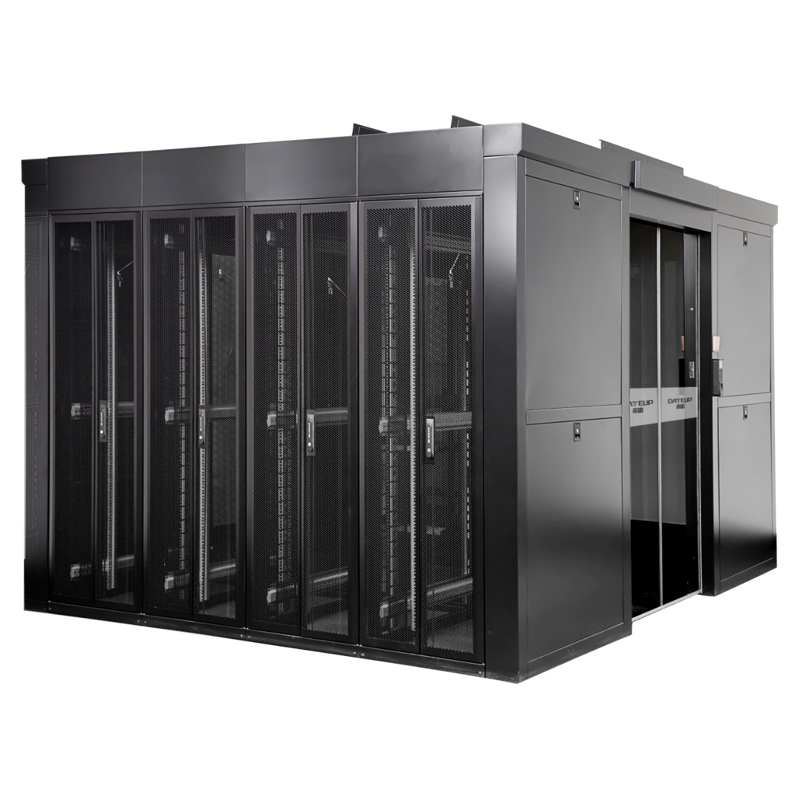What are cold aisle containment solutions?
In today’s data centers, energy efficiency is a top priority. As demand for processing power continues to increase and energy costs continue to rise, it is critical to find ways to reduce energy consumption and improve cooling efficiency. One solution that has become popular in recent years is cold aisle containment.
Cold aisle containment is a strategy used by data centers to optimize cooling and improve overall energy efficiency. It involves isolating the flow of hot and cold air, ensuring that cold air flows efficiently to the server racks and preventing hot and cold air from mixing. This is accomplished by enclosing the cold aisle with partitions, doors, or curtains.
So, how do cold aisle containment solutions work? Let’s take a closer look.
The concept revolves around the idea of creating a physical barrier that separates the cold air supply from the hot exhaust airflow. By doing this, cold aisle containment ensures that the air used for cooling is delivered directly to the equipment, eliminating any waste. In a traditional data center setup, the cooling system supplies cool air throughout the room, which causes it to mix with the hot air being exhausted from the servers. This air mixture causes inefficiencies and increases energy consumption.
By implementing cold aisle containment, cold air is restricted to the areas where it is needed most, namely the server racks. This ensures that the server is supplied with cool air at the right temperature, improving its performance and longevity. Furthermore, it allows the cooling system to operate at higher temperatures, further reducing energy consumption.
One of the key components of a cold aisle containment solution is the containment structure itself. It can be made from a variety of materials, including plastic curtains, sliding doors or rigid partitions. These structures are designed to be easily adjusted, allowing for flexibility in data center configurations. The goal is to create an airtight seal that minimizes air leakage and maximizes cooling efficiency.
Additionally, cold aisle containment solutions often include strategically placed vents, grilles, and fans to effectively direct and manage airflow. These components work together to create a controlled environment where cool air is delivered precisely to the servers and hot air is exhausted outside the enclosed area.
The benefits of implementing a cold aisle containment solution are many.
First, it significantly improves cooling efficiency. By efficiently directing cool air to server racks, cold aisle containment reduces the load on the cooling system, allowing it to operate more efficiently. This reduces energy consumption and saves costs.
Second, the separation of hot and cold airflow prevents air mixing, eliminating hot spots and ensuring even cooling throughout the data center. This improves server performance and reliability, reducing the risk of downtime due to overheating.
Additionally, cold aisle containment solutions help achieve higher rack densities. By optimizing cooling, it can consolidate more servers into a smaller footprint without impacting performance or increasing energy consumption.
Additionally, implementing cold aisle containment demonstrates a commitment to sustainability and environmental responsibility. By reducing energy consumption, data centers contribute to global efforts to reduce their carbon footprint and combat climate change.
In summary, cold aisle containment solutions are a highly effective strategy for optimizing data center cooling and improving energy efficiency. By separating hot and cold airflow, cool air is directed precisely to the server racks, reducing energy consumption and improving performance. As the demand for energy-efficient solutions continues to increase, cold aisle containment has become a must-have in the modern data center.
Post time: Nov-23-2023


